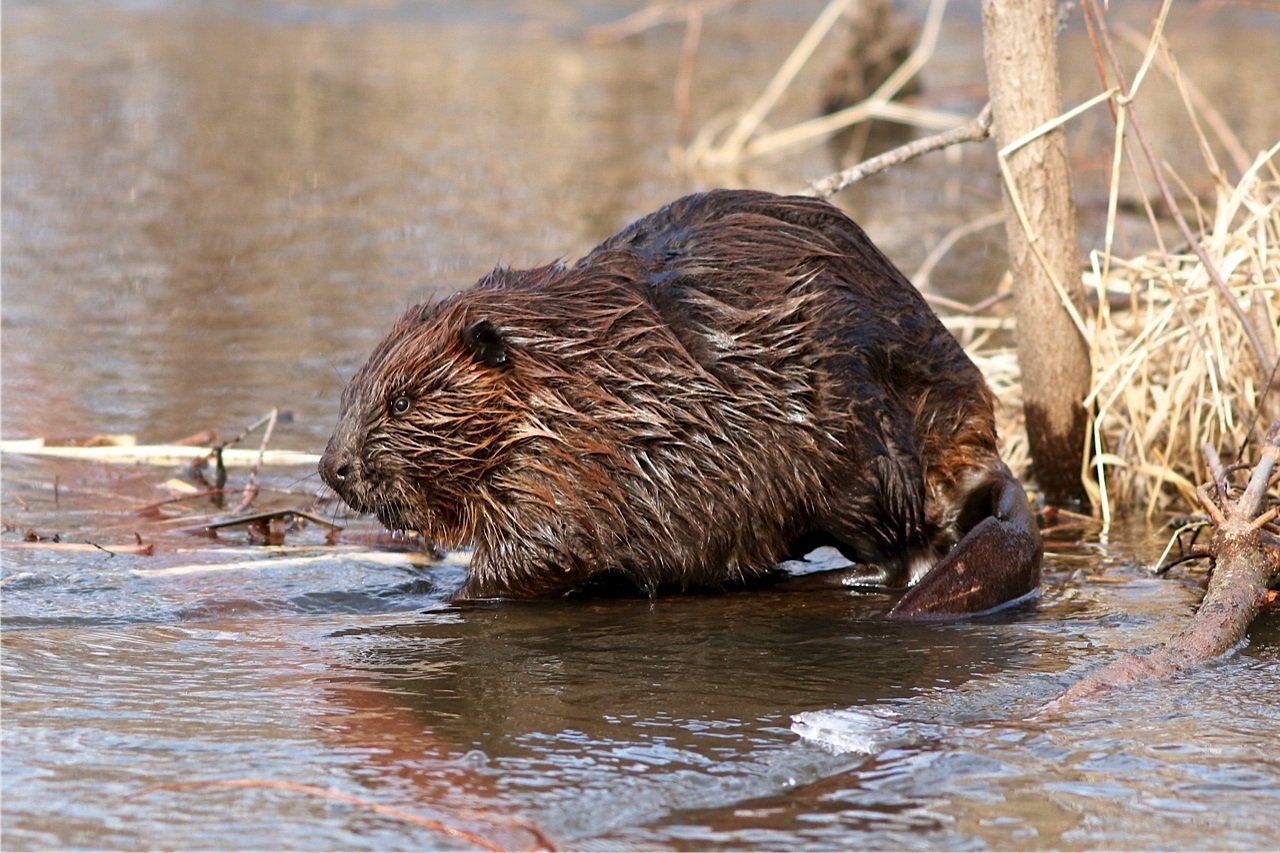
WASHINGTON— The U.S. Department of Agriculture’s Wildlife Services reported killing 375,045 native animals in 2023, according to recent data released by the program. The federal wildlife-killing program targets wolves, coyotes, cougars, birds and other wild animals, primarily to benefit the agriculture industry in states like Texas, Colorado and Idaho.
According to the report, the multimillion-dollar program last year intentionally killed 305 gray wolves, 68,562 coyotes, 430 black bears, 235 mountain lions, 469 bobcats, 2,122 red and gray foxes and 24,603 beavers. These figures almost certainly understate the actual number of animals killed, as program insiders have long lamented that Wildlife Services kills many more animals than it reports.
“I’m horrified by both the sheer number of animals killed by this federal agency and the immense suffering involved,” said Collette Adkins, carnivore conservation director at the Center for Biological Diversity. “It’s hard to even imagine the thousands of coyotes, beavers and other animals who die agonizing deaths from snares, traps or poisons.”
The reported number of native animals killed in 2023 was similar to the previous three years. These recent numbers reflect a steep decline compared to 2019, when approximately 1.3 million native animals were killed. The red-winged blackbird is an example of a species with fewer individuals intentionally killed by Wildlife Services, with 14,314 killed in 2023 compared to 364,734 in 2019.
According to the new data, the wildlife-killing program unintentionally killed more than 2,484 animals in 2023, including 658 river otters and 428 turtles, as well as several dogs and cats. Its killing of nontarget birds included a federally protected golden eagle, wood ducks, great blue herons and wild turkeys. Such data reveals the indiscriminate nature of leghold traps, snares, poisons and other methods used by federal agents.
Wildlife Services poisoned 6,543 animals using M-44 cyanide bombs in 2023. Of these deaths, 156 were unintentional. The Bureau of Land Management recently banned Wildlife Services from using these dangerous devices on the land it manages.
“Year after year, millions of dollars are wasted on killing wildlife instead of investing in long-term solutions that prevent conflicts,” said Adkins. “Taxpayer-funded wildlife slaughter lets livestock operators and the agriculture industry ignore problems that lead to conflict instead of fixing them. Wildlife Services should focus on implementing commonsense coexistence measures like cleaning up livestock carcasses that attract wolves and bears.”
In the last several years, litigation and community opposition curtailed Wildlife Services operations in numerous states, including California, Idaho, Minnesota and Washington, as well as localities such as Humboldt County and Minneapolis.
